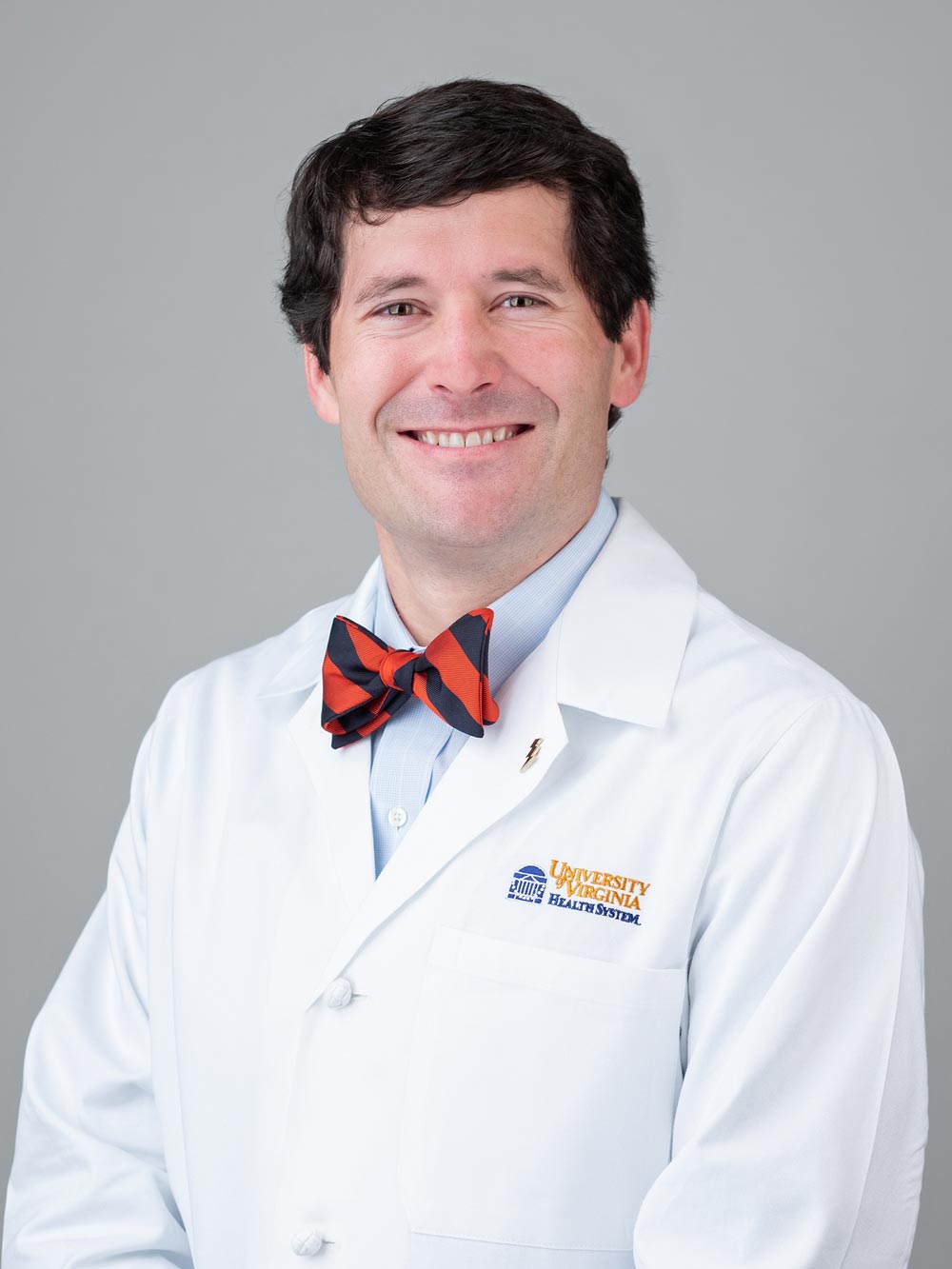Top stroke experts have issued new guidance to ensure stroke patients receive safe, timely care while preventing the transmission of COVID-19.
The guidelines urge the use of telemedicine to speed treatment and advise EMS crews how to determine the best facility to treat the patient’s needs. The recommendations, from the American Heart Association’s Stroke Council, come amid increasing concerns that stroke patients are delaying seeking care because of fear of COVID-19. Such delays can have catastrophic consequences, including death.
“Even during the COVID-19 pandemic, patients should continue to seek immediate care for life-threatening and emergency conditions, and call 911 for any new signs or symptoms of stroke,” said UVA Health stroke expert Dr. Andrew Southerland, one of the guidelines’ authors. “As the only certified Comprehensive Stroke Center in Charlottesville and Central Virginia, UVA has the necessary resources to ensure both patient safety and provide the highest level of care for stroke patients. Seeking emergency care for a stroke can help save lives and reduce the risk of long-term neurologic injury and resulting disability.”

Stroke expert Dr. Andrew Southerland co-authored new guidelines helping EMS crews and other care providers quickly meet stroke patients’ needs during the pandemic and beyond. (Photo: UVA Health)
The Importance of Speedy Stroke Care
With stroke, every minute counts, and speedy care can be the difference in life and death. It can also prevent lifelong disability. For that reason, Southerland and other telemedicine experts at UVA have worked with local EMS personnel to pioneer the use of the technology for pre-hospital care. They’ve placed tablets inside ambulances to connect first responders with UVA stroke experts, allowing stroke care to begin even before the patient arrives at the hospital. The new guidelines suggest this approach should be used widely.
The COVID-19 pandemic, however, adds an extra layer of complexity for first responders. In addition to the need for appropriate personal protective equipment, EMS crews must assess whether each patient has the coronavirus, the new guidelines note.
When possible, EMS workers should screen patients using free tools available online, the guidelines recommend. Responders should have a protocol in place in case the screening is positive or if the patient is incapacitated and can’t be screened. The receiving hospital should be notified as well.
Stroke patients with COVID-19 are more likely to require a ventilator and intensive care, so emergency crews should consider taking patients to a hospital with the capacity to provide that level of care, the guidelines note. Emergency crews also may need to consider hospital capacity based on the number of cases in their region. And they may want to bypass emergency rooms to lessen exposure risk.
“During the COVID-19 pandemic,” the guidelines state, “it is more important than ever to ensure that the patient is transferred to the right hospital the first time around.”
In all of this, communication between emergency crews and the receiving hospitals is key, the guide’s authors say.
“Now more than ever, during the COVID-19 pandemic, we need to work collaboratively and support our emergency medical services providers working day and night on the front lines for our community,” Southerland said. “To achieve this, we must optimize communication and prehospital care for patients. Nowhere is this more important than in rural networks like surrounding areas in Central Virginia.”
Stroke Guidelines Published
The guidelines have been published in Stroke, a scientific journal published by the American Stroke Association. The American Stroke Association is a division of the American Heart Association.
The article was written by Mayank Goyal, Johanna M. Ospel, Southerland, Charles Wira, Sepideh Amin-Hanjani, Justin F. Fraser and Peter Panagos on behalf of the Stroke Council’s Emergency Neurovascular Care, Telestroke and Neurovascular Intervention committees.
Southerland disclosed that he has patents pending related to telemedicine, has received related grants and has done consulting work in legal cases related to stroke and cerebrovascular disease. A full list of disclosures is included in the paper.
To keep up with the latest medical research news from UVA, subscribe to the Making of Medicine blog.
Media Contact
Article Information
May 28, 2020
/content/new-stroke-guidelines-aim-improve-care-amid-covid-19

